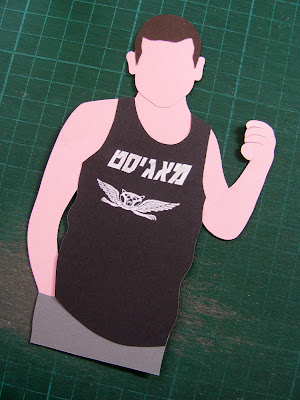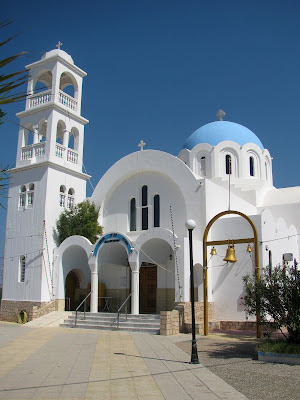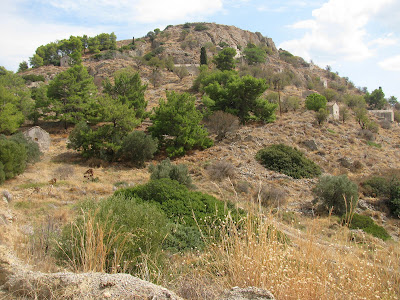Our eldest son, Nadav, turned 24 last month. I shared his 22nd birthday card in January and his 23rd in July. I am squeezing this latest card in at the end of the year so that I can get back on schedule!
Nadav moved to the southern Israeli city of Be'er Sheva in September and recently began his university studies in Computer Science there. Be'er Sheva is the largest city in the Negev desert of southern Israel and is often referred to as the "Capital of the Negev". He and his girlfriend Hila found a nice apartment there and have made it their home. Their student flat is a lot different to the ones I lived in back in the day!Nadav's card this year shows him using his new ASUS laptop. He is wearing his 2024/25 red Arsenal home shirt. The logo of the university where he is studying, Ben-Gurion University of the Negev, is on his left. The flame symbol comprises the letters "alef" and "nun", the first letters of "Universitat Hanegev" (University of the Negev - the name of the University until 1974). The colour orange was chosen to symbolize the different hues of the desert, focusing on the vision of David Ben-Gurion, Israel's first prime minister, to establish a university with a mission to develop the Negev.Next to the logo I added a road sign pointing to Be'er Sheva, representing Nadav's move to a new city.
On Nadav's right I added a red heart with Hila's name on it. She is an important part of his life and could not be left off the card! Behind him is a photo of their apartment. They have done a great job of making it look nice. Finally, a big red number 24 marks his age.
There was a homemade birthday cake as well, though he only got to enjoy it the day after his birthday, when he paid us a flying visit. On the day of his birthday itself there were university studies to get on with!* This post has been shared on Wordless Wednesday (on Tuesday) and Creatively Crafty Linky Party.









.png)





















































































